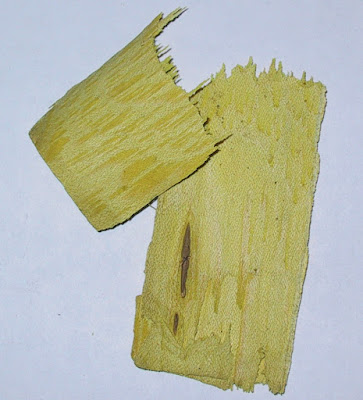I would like to illustrate one way in which traditional medicine is being integrated with modern, western medicine because this is an important health issue that many countries are considering at present.
Who, When & Where?
Dr Margaret Chan was appointed Director-General of the World Health Organisation, WHO, in November, 2006.
In November 2008, she called on member countries to 'integrate traditional medicine (TM) into their national health systems and for countries to share experience and information related to national policy, regulation, research, education and practice.'
At present, there are 193 member countries or 'states' of WHO.
Why?
WHO claims that 'Traditional Medicine has changed dramatically over the past thirty years and now traditional medicine plays an important role in meeting the demands of primary health care in many developing countries, particularly in African and Asian countries.'
How much?
Here are some statistics from the WHO website, based on 2004 figures:
Total global health spending = US$ 4.1 trillion +
Total global health spending per person per year = US$ 639
Country with highest total spending per person per year on health = United States (US$ 6103)
Country with lowest total spending per person per year on health = Burundi (US$ 2.90)
Country with highest government spending per person per year on health = Norway (US$ 4508)
Country with lowest government spending per person per year on health = Burundi (US$ 0.70)
Country with highest annual out-of-pocket spending on health = Switzerland (US$ 1787)
Country with lowest annual out-of-pocket spending on health = Solomon Islands (US$ 1.00)
Annual spending by the municipal government of New York City (population 8.2 million) on health = US$ 429 million
Annual spending by the government of Bénin (population 8.2 million) on health = US$86 million
WHO estimate of minimum spending per person per year needed to provide basic, life-saving services = US$35 to US$50
What do you think?








 2. Production
2. Production













 Water
Water






